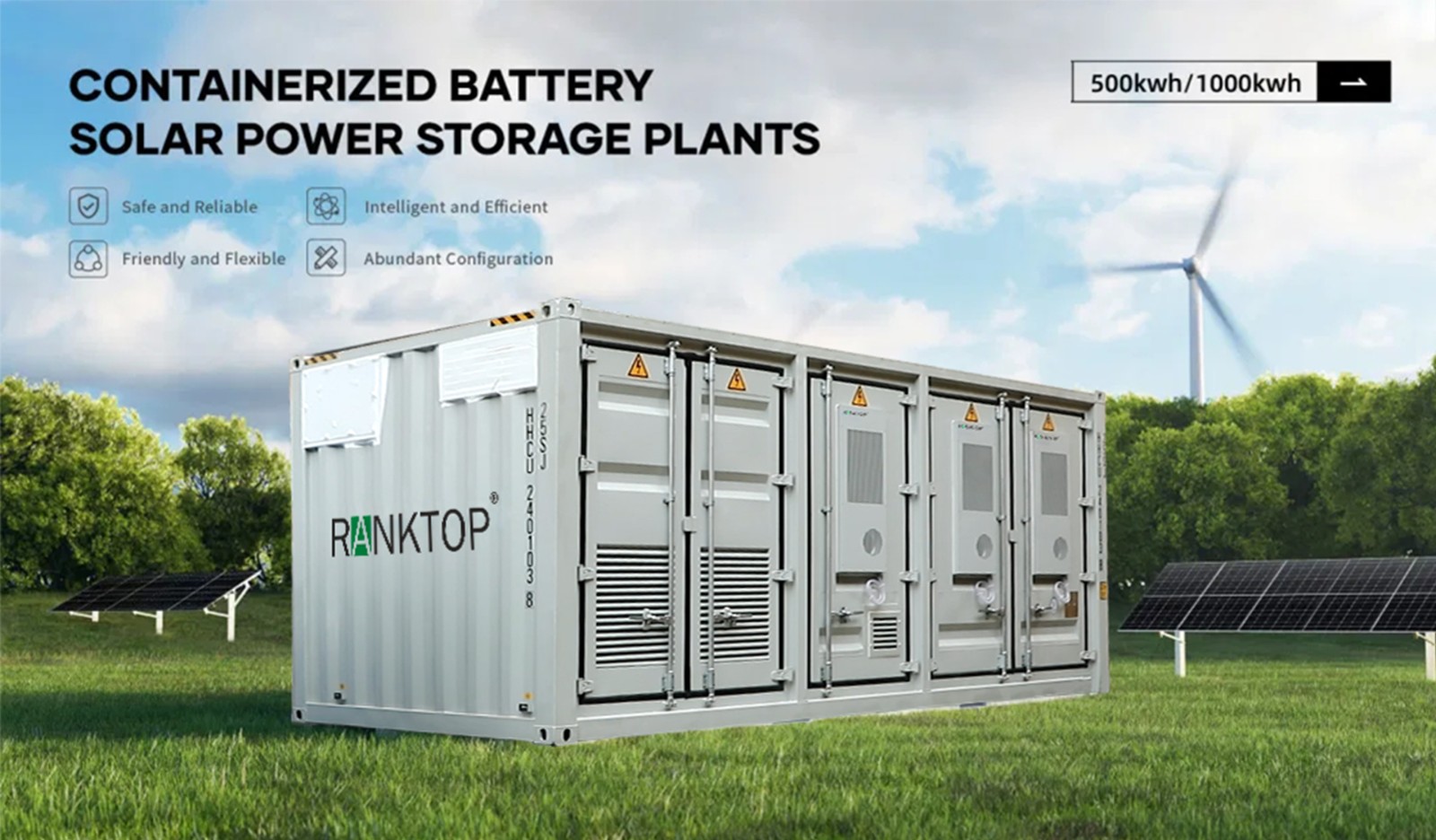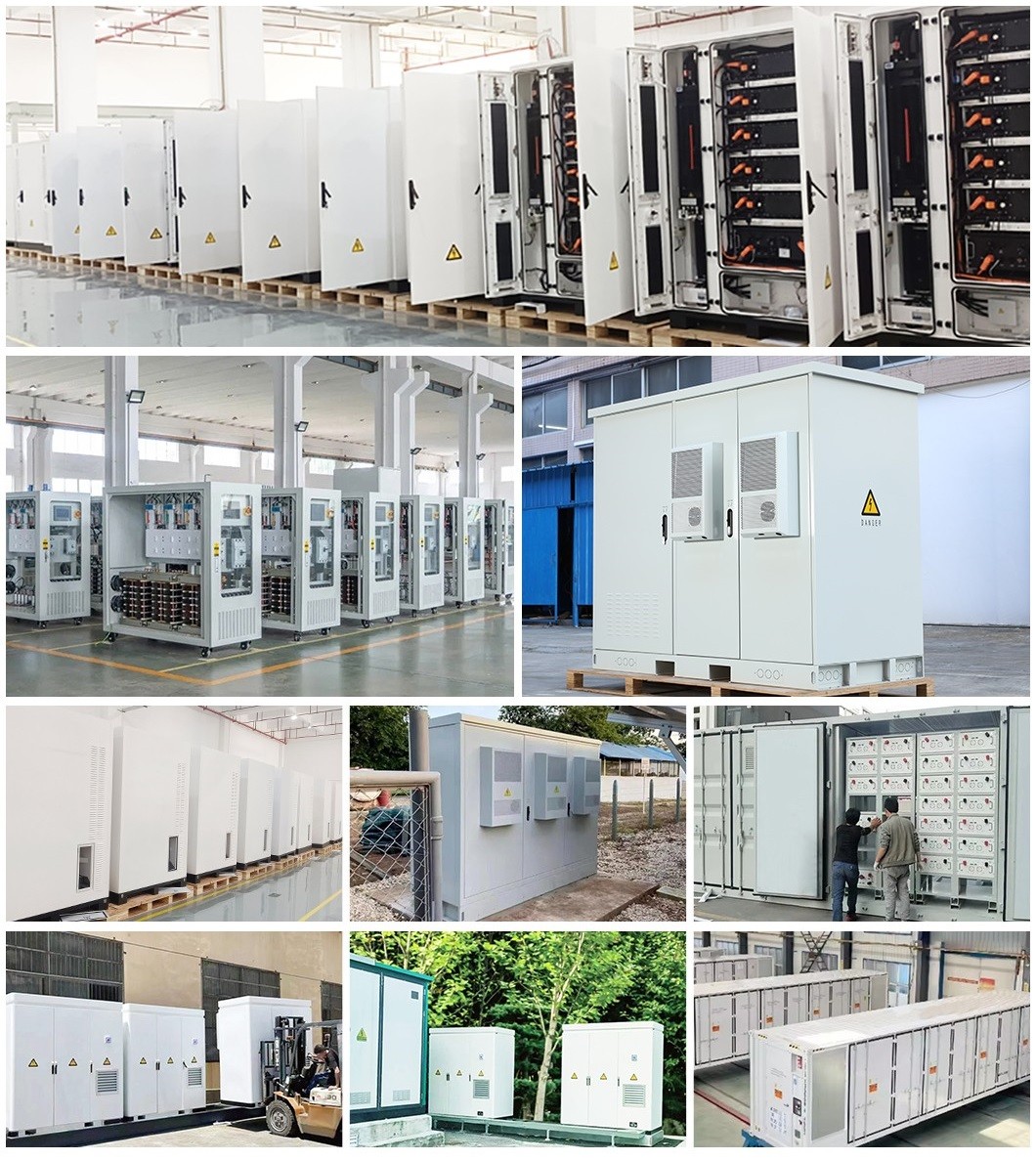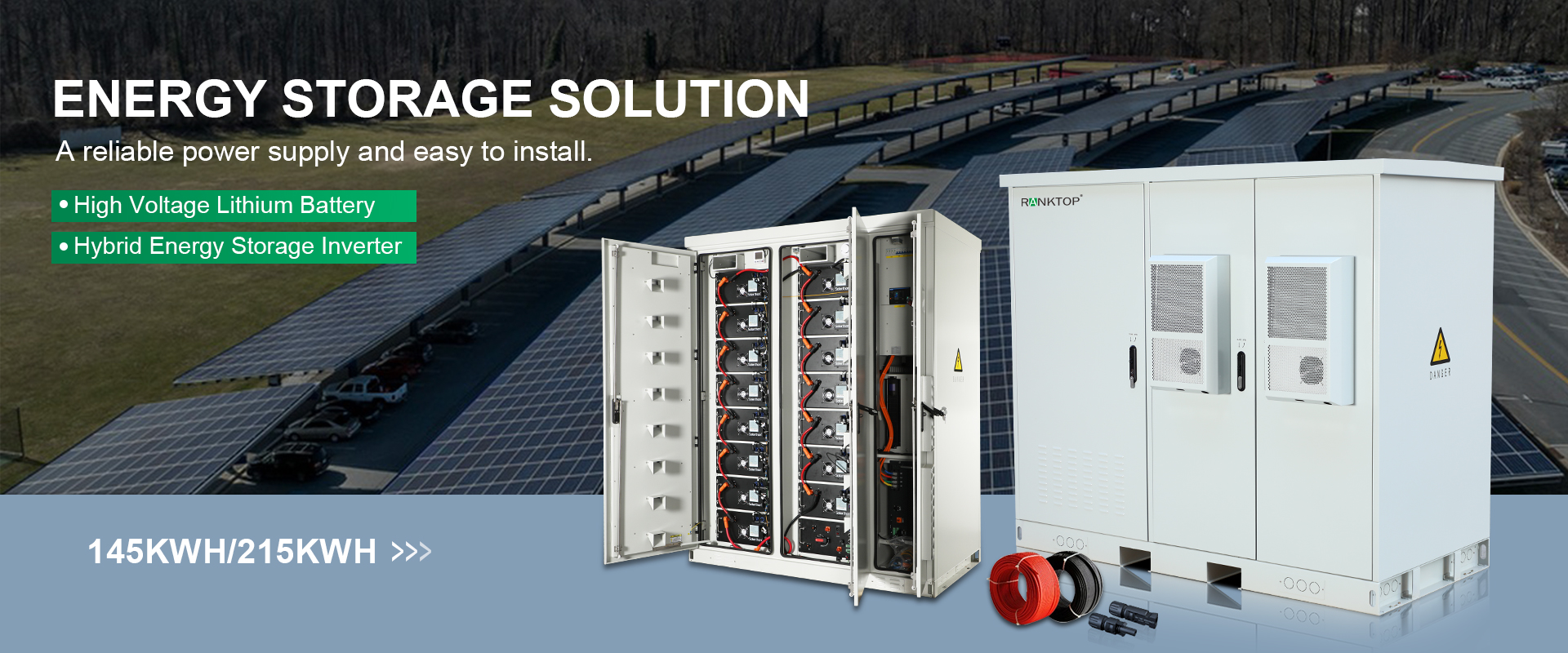Solar energy has grown exponentially in recent years. Since 2010, the solar industry has experienced a 24% annual growth rate on average. The increased adoption of photovoltaic (PV) panel technology is due to an increased interest in clean energy, the availability of tax credits and lower hardware and installation costs.

PV installations fall into several categories: residential, commercial and industrial, and utility. In a residential system, homeowners install roof-mounted solar panel systems to provide electricity for their houses. Many such systems connect to the grid, drawing power from it at night and feeding excess electricity from the panels back into it during the day.
Many people categorize commercial and industrial (C&I) arrays and utility-scale installations together because they are larger than home systems and often ground-mounted as opposed to roof-mounted. However, these two solar project types differ in their size, design, connections and support systems.
What is utility-scale solar?
Utility-scale solar energy projects, commonly called solar power plants or solar farms, are large installations of solar panels which are typically ground-mounted. Depending on the design, a utility-scale array may also feature mirrors or automated tracking features to maximize energy production.
Utility-scale solar plants typically produce between one and five megawatts (MW) of electricity, with each MW of capacity requiring about 10 acres of panels to generate. A solar plant connects to the larger electrical grid to supply power to homes and businesses across a wide area.
Clean power.org estimates that utility-scale solar contributes 80 GW of electricity to the grid in the United States, which is sufficient to power 18 million homes. While utility providers may construct and operate solar power plants, independent power producers , non-profit community groups or local governments can also be owners of utility-scale solar plants. Sometimes, owners depend on third-party contractors to handle the technical aspects of designing, building and operating the array.
What are the benefits of utility-scale solar systems?
As a reliable source of renewable energy, solar farms create many benefits for the companies and the consumers that use their electricity. These advantages include lower electricity costs, enhanced environmental friendliness and the conservation of other resources.
What is Commercial Solar?
Commercial Solar Systems are not designed to provide energy to residential utility customers. Instead, they produce electricity for commercial operations. For instance, a company could install a solar PV system to provide electricity for a factory, warehouse, office building or other commercial property.
Commercial solar systems vary in size, but can be quite large. A small office building, commercial property or retail store might use roof-mounted solar panels like the ones favored by residential customers. Roof systems are less costly and have a smaller land footprint than ground-mounted systems, but can be difficult to expand due to limited space.
Meanwhile, factories or corporate offices could construct ground-mounted arrays to provide power for energy-intensive operations. Ground-mounted solar panel systems can take up acres of land and can be expanded if there is space nearby. Because the arrays are often in open areas like fields, designers and installers have fewer challenges when orienting the panels for optimal energy production.

What are the benefits of commercial solar systems?
Commercial solar brings cost-saving benefits along with energy independence and economic resilience for businesses. Solar power can also bring other financial advantages and serve as evidence of a company’s commitment to sustainable, environmentally friendly operations.
Here’s a look at four of the biggest benefits of commercial solar system design.
Sustainability
Some of the world’s largest companies have highly publicized sustainability goals, such as significantly reducing emissions or achieving carbon neutrality. These efforts could be in response to the growing demand for sustainability among consumers. According to one study, 85% of shoppers say they have become more conscious of sustainability and made purchases guided by these principles.
Because of its ability to reduce carbon emissions and conserve natural resources, solar is an ideal sustainability solution for businesses. For instance, a manufacturer that relies on grid power produced by natural gas can install a one-acre ground-mounted solar system near its factory. The power from these panels will reduce carbon output by 175 to 198 metric tons per year.
Energy savings and carbon reductions from solar panels can help businesses quantify sustainability efforts and report them to consumers to bolster their image as a green company.
Energy independence
Companies that rely on grid power have to deal with two potential problems. First, electricity prices can fluctuate based on supply and demand, making it difficult to plan and budget, especially for companies with energy-intensive operations.
Second, company operations might stop altogether during power outages due to severe weather events. These blackouts are becoming more common. During the 2010s, for example, the instances of weather-related power outages increased by 78%.
Commercial solar can help deal with both these issues. It can reduce the reliance on grid power, lowering the impact of price changes made by utility companies and offsetting the risk of extended blackouts due to weather-related damage.
Reduced operating costs
35% of small businesses say that energy is one of their top three operating expenses. These costs may be higher in certain industries, such as manufacturing, which rely on energy-intensive tasks and large equipment.
After the initial investment, solar energy only requires basic maintenance, such as panel cleaning and repairs. Eventually, the system will recuperate the cost of installation with money saved on energy bills. After this payback period, the business enjoys essentially free energy, minus maintenance costs, for the lifespan of the panels. This can result in significant savings on operating costs.
Increased property values
Solar panels bring desirable influences to commercial property values. Buyers may be attracted to business properties with solar power due to benefits like lower operating costs and greater resilience in the face of power outages due to extreme weather brought on by climate change.
Property value increases can vary depending on location, size and other factors. Federal tax credits and other incentives can lower the cost of installation, increasing the return on investment.
